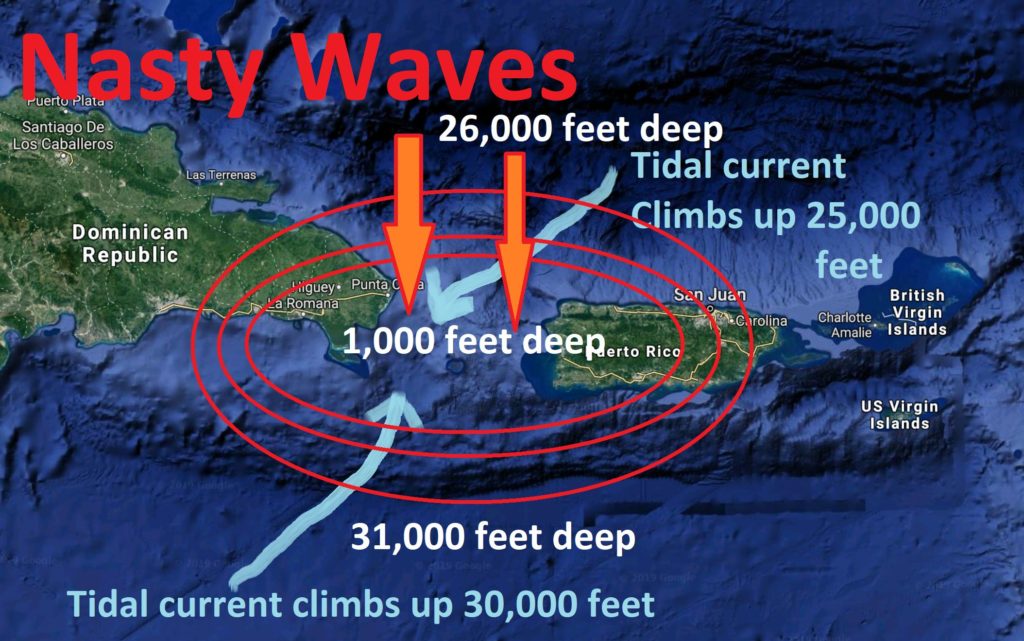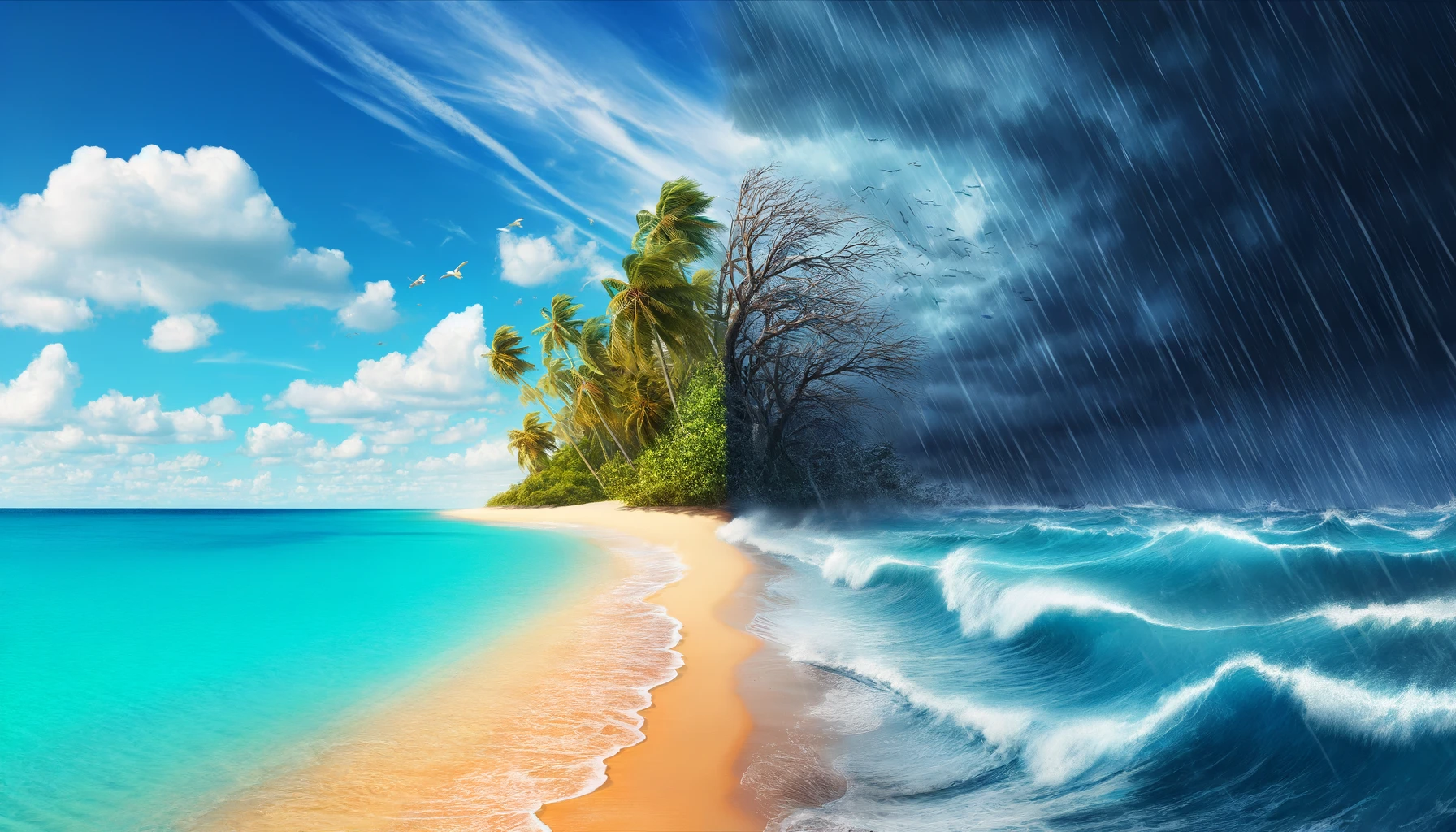The Dominican Republic is a stunning Caribbean country but we at RealtorDR always get asked “What about the Hurricanes?” In this blog we will go over one of our most frequently asked questions so you can feel as great as we do about investing in the Dominican Republic.
This country is world renowned for our breathtaking nature and vibrant culture, but as with every other country in the Caribbean, the Dominican Republic is prone to hurricanes. However, did you know that the Dominican Republic has many natural defenses against hurricanes? While hurricane season poses a threat to many regions, the Dominican Republic’s unique geography is one of the reasons this country is a safe haven for sailors during big storms.

One of the key natural defenses is the Mona Passage, a strait between Puerto Rico and Hispaniola. This waterway, connecting the Caribbean Sea and the Atlantic Ocean, has powerful currents that often push hurricanes north or south, steering them away from the Dominican Republic. This natural redirection reduces the number of direct hits the island experiences. Our neighbor Puerto Rico sadly gets devastated by storms before they reach the currents of the mona passage, pushing them further away from the DR. Interestingly, even in the absence of storms, the mona passage is a difficult strait to sail. There is an underwater mountain that lies between Puerto Rico and the island of Hispaniola which causes massive amounts of water to swell up between the two islands.
This brings us to the next natural defense: our reef-lined coastline. A lot of the Dominicans Republic coast is made up of shallow, jagged reefs, which show to reduce wave intensity during storms. You can read more about the science behind this in this article: https://www.climatecentral.org/news/reefs-first-line-of-coastal-defense-17432
Finally, the biggest natural defense the DR has against hurricanes is our mountains. Hurricanes are formed by low pressure systems moving over warm water causing strong winds and thunderstorms. When these pressure systems pass over a tall mountain or mountain range, the air is forced to travel upwards and cool down, causing the storm to weaken. Mount Pico Duarte, the highest point in the Caribbean, is particularly important and resides here in the DR. Hurricanes thrive on heat and moisture, but across the high altitudes of Pico Duarte and other mountain ranges, they lose strength.
A Category 3 hurricane making landfall on the southern coast can weaken to a Category 1 or tropical storm by the time it reaches the northern regions. According to the Atlantic Oceanographic and Meteorological Laboratory, the depletion of heat and moisture in the mountains disrupts a storm’s ability to sustain its power. Of course, we don’t want to take these protections for granted. History shows that hurricanes can still leave a significant impact. The three most powerful hurricanes to hit the Dominican Republic were Hurricane San Zenón in 1930, Hurricane David in 1979, and Hurricane Georges in 1998. Each of these storms caused widespread destruction, reminding us of the importance of preparedness.
Today, most homes and buildings in the Dominican Republic are built with solid cement, offering greater resistance to strong winds and heavy rains. In a community of homes built with solid cement, you wont see neighborhoods completely wiped out like has happened in Florida or other US cities that are often built with lightweight materials.
As we navigate hurricane season, it’s vital to stay informed and prepared. While the Dominican Republic’s natural defenses are a blessing, the safety of our people remains the top priority. Our hearts go out to those affected by hurricanes this season, and we stand in solidarity with all communities rebuilding after the storms.

